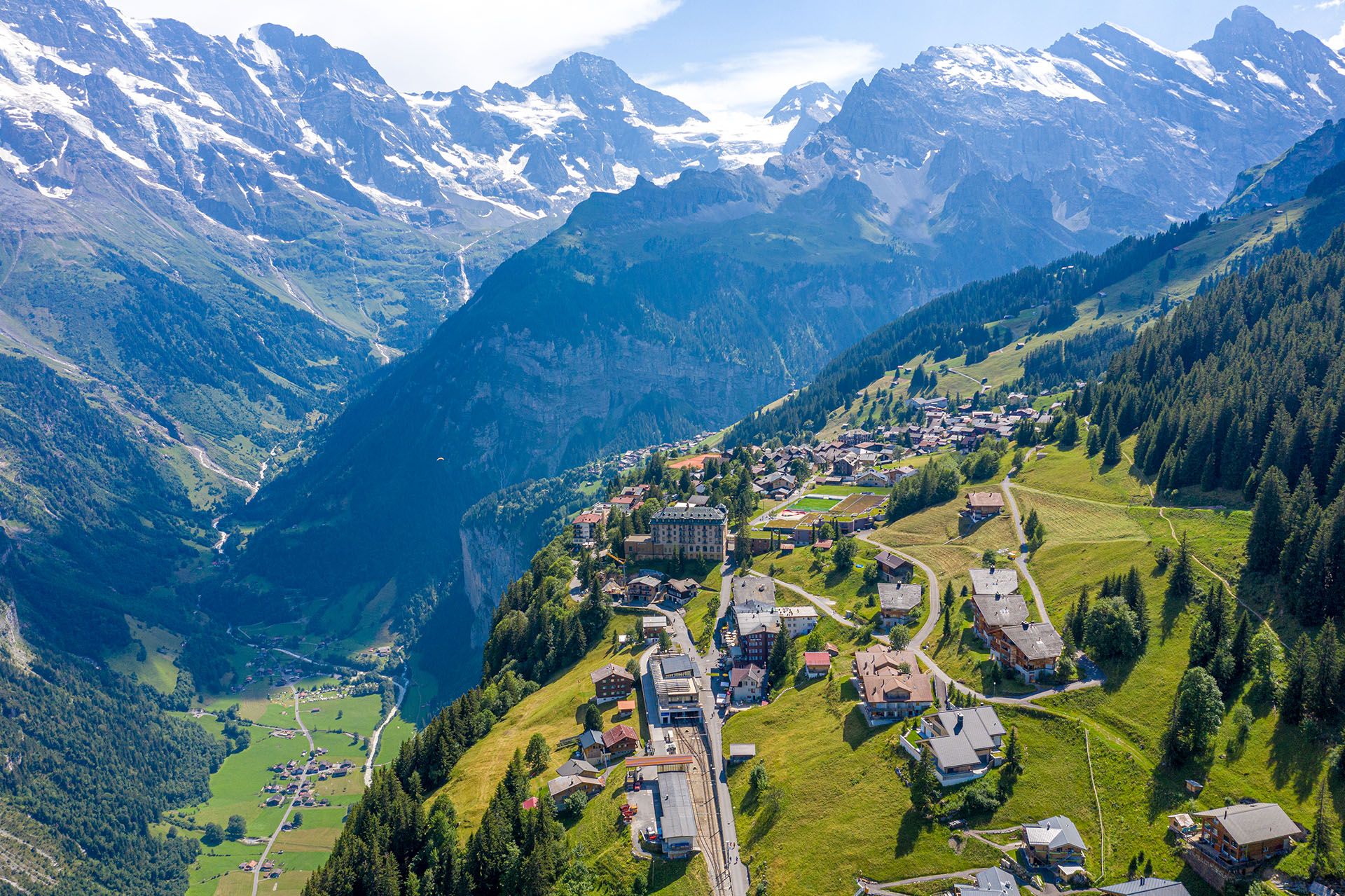Step 10: Finalize your pre-departure logistics
A calm arrival sets the tone. Trains from Zurich Airport reach the main station in about 10 to 15 minutes, and Geneva Airport to Cornavin takes about 7 minutes. Have your first tickets ready in the SBB app.
- Screenshot hotel confirmations, passes, and any seat reservations
- Keep passport, insurance details, and card support numbers together
- Pack a small arrival kit with water, snacks, and a warm layer, then plan an easy lake walk and dinner near your hotel
Hold one flexible day in each mountain base to move a marquee excursion to the best weather. This single buffer often turns a good trip into a great one.
People also ask
When planning a trip to Switzerland, small questions can make a big difference on the ground. Here are concise answers that replace scattered tips with clear actions, so your days stay smooth, safe, and good value.
Is the Swiss Travel Pass worth it?
Yes, if you ride most days and want museum entry included. It covers trains, boats, and buses for a set number of consecutive days. If you travel every other day or prefer flexibility, buy the Half Fare Card and combine it with Saver Day or Supersaver tickets. Price your exact routes in the SBB Mobile app before choosing.
Do I need cash, or are cards enough?
Cards are accepted almost everywhere, including mountain stations. Carry a little cash for small kiosks, farmers’ markets, or rural huts. Tipping is not expected in Switzerland. Locals often round up a franc or two for good service, which keeps budgeting simple.
Is tap water safe to drink?
Yes. Tap water is excellent, and many public fountains are safe to drink from when signed as potable. Bring a reusable bottle and refill during the day. It saves money, reduces plastic waste, and keeps you hydrated at altitude.












